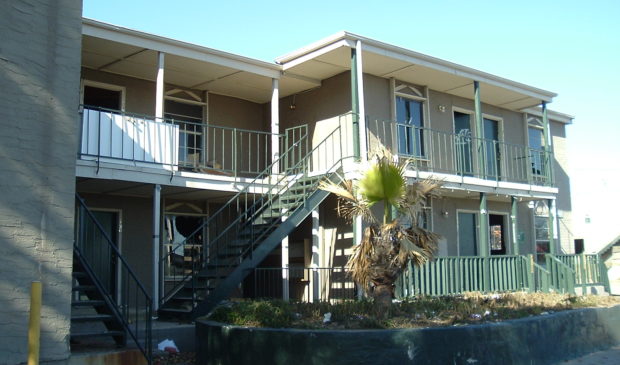State empowerment zones seen as wrong tool for city to preserve affordable housing
Tuesday, January 14, 2020 by
Chad Swiatecki The city’s Neighborhood Housing & Community Development Department has opted not to use a state statute created to encourage infill development as a method for preserving affordable housing stock, instead choosing to enter into direct partnerships with developers using city property.
In a December memo to City Council, department Director Rosie Truelove said a two-year study of the state’s Neighborhood Empowerment Zones program determined it requires too much staff time and oversight without providing enough property tax relief to encourage developers to add affordable housing units to their projects.
In a 2017 resolution, Council directed city staff to begin the process of creating an empowerment zone as a way to encourage owners of multifamily developments and manufactured home parks to set aside units for low-income residents. That was one of the goals of the 2017 Strategic Housing Blueprint.
The research over the intervening two years found that Fort Worth was the only city in the state using the empowerment zone capabilities, and it was doing so to combat blight and disinvestment instead of preserving affordable housing.
The state law that created Neighborhood Empowerment Zones allows for the elimination of local property taxes, building fees and sales taxes associated with development costs. Staff found that another flaw of the empowerment zones program was that it would require at least one full-time employee to manage eligibility and other oversight required by the statute.
“Initially the idea was that it would be a tool to help reduce the city’s portion of property tax liability for developers in exchange for affordable housing,” said Jonathan Tomko, a business process consultant for the housing department. He added that a typical reduction of $100,000 in taxes and fees for a development with 10 affordable units did little to cover the change in revenue between market-rate and affordable units.
“There’s frustration because of the state laws that govern this program because there would need to be a lot of documentation in terms of defining the area and what the goals and objectives are,” Tomko said. “The deeper we dove into that the more we would realize it would take hiring of staff that would be dedicated to this program to get a result that could be realized other ways.”
Instead, the department is moving forward with pursuing new partnerships with developers of affordable housing using city property. There are currently six such partnerships in various stages of progress across the city, with a newly hired housing development manager in charge of overseeing current partnerships and fostering new ones.
James May, the city’s community development manager, said partnerships to create affordable housing are preferable because the city can create 99-year leases free of property tax obligations with no renewals or renegotiations needed, compared to 10- and 15-year durations of portions of the state program. May said the city can also become a general partner in those partnerships and keep a portion of lease payments that can be recycled into other projects and programs to create more affordable housing.
Truelove said another tool that has proven effective at preserving affordable housing is the Rental Housing Development Assistance program, which provides gap financing using the city’s affordable housing bonds to directly subsidize the cost for developers to provide affordable units.
She also said the low-income housing tax credit – commonly known as the 9 percent credit on new construction – is generating strong interest in potential affordable projects in Austin. Council is expected to consider the current roster of applicants for that program in February.
Photo by Tim Patterson made available through a Creative Commons license.
The Austin Monitor’s work is made possible by donations from the community. Though our reporting covers donors from time to time, we are careful to keep business and editorial efforts separate while maintaining transparency. A complete list of donors is available here, and our code of ethics is explained here.
You're a community leader
And we’re honored you look to us for serious, in-depth news. You know a strong community needs local and dedicated watchdog reporting. We’re here for you and that won’t change. Now will you take the powerful next step and support our nonprofit news organization?



